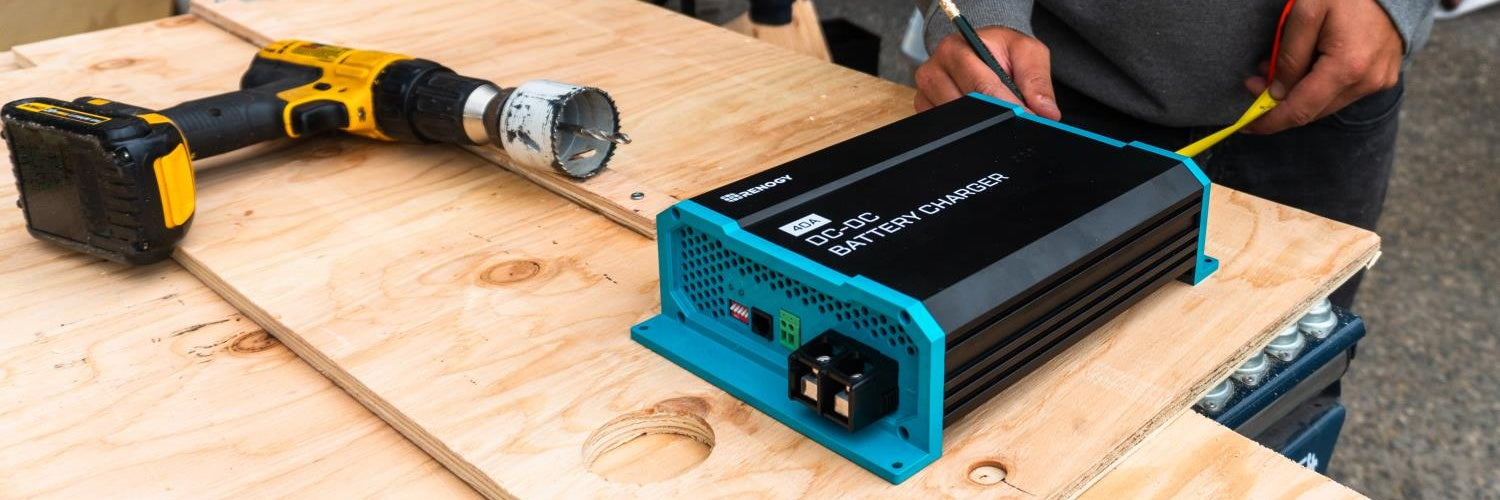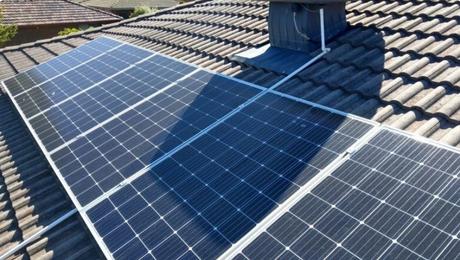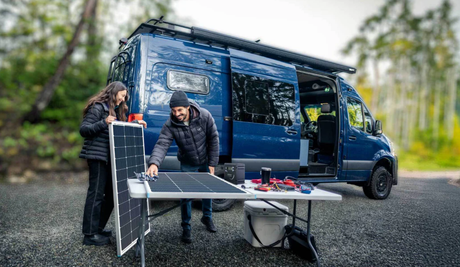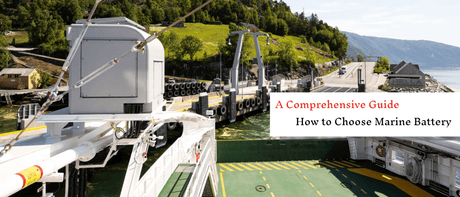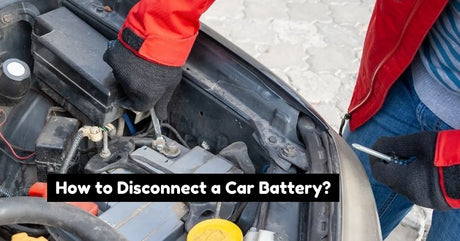Do I need a solar battery charger?
1.Deciding on a battery charger for your solar installation
With the decreasing costs of deep cycle batteries, more and more people are choosing to add battery storage to their solar installations. Going off-grid or building a hybrid system (where you have access to both the grid and a battery bank) is a great way to become more energy independent, have access to reliable energy, save money on utility costs, and reduce your carbon footprint. However, investing in a battery bank is only worth it if you maintain and charge your batteries. Luckily, there’s a range of technologies on the market that take the mystery out of ensuring your battery bank is properly cared for.
2.What are deep cycle batteries?
In short, deep cycle batteries are going to be your go-to for a battery bank for a solar installation. They may look similar to car batteries, but deep cycle batteries are actually very different. In contrast to car batteries which only provide short bursts of energy, deep cycle batteries are designed to provide sustained energy over a longer period of time.
3.What are the different kinds of deep cycle batteries?
There are a few different deep cycle battery options that can be used for solar installations. The most common ones used for solar installations are flooded lead acid, sealed lead acid, and lithium iron batteries. Flooded lead acid batteries are the most commonly available and inexpensive option. They can typically be found at most big-box and auto stores. Sealed lead acid batteries, which are available as gel and AGM batteries, store 10 to 15 percent more energy than lead acid batteries and charge up to four times faster. Lithium iron batteries are the most expensive options, but are super lightweight and last four times longer than lead-acid batteries.
4.How do I monitor my batteries?
To ensure a long lifespan for your batteries, you typically shouldn’t drain your battery past 50%. To accurately check the status of your batteries, we recommend using a battery monitor. A depleted battery will read 11.8-11.5 volts (30-10%) and a fully charged battery reads 12.8.volts. A battery drained to 50% will read 12.1 volts, so we recommend not going below that level. To charge your battery, you can either use your solar panels to recharge them or connect your batteries to a solar battery charger.
5.What are solar battery chargers used for?
When your batteries sit idle for too long, they will start to drain. This is a common issue for RV owners who keep their RV’s parked in their driveway over the winter and forget to keep their batteries charged. Unfortunately, if your batteries remain unused for a long period of time, they will discharge over time and face permanent damage. This can be avoided with a solar battery charger . Battery chargers collect enough energy to charge and safely maintain the house batteries in your RV, van, or wherever your battery bank is being stored.
6.Can I charge both my house batteries and my solar battery?
Yes! Renogy's DC to DC MPPT Charger can charge a secondary battery from an alternator connected to a primary battery or by utilizing solar panels connected directly to the unit. While your vehicle's alternator prioritizes your primary battery, the DC to DC MPPT charger gives your solar system to put your secondary battery first! Additionally, with multi-stage charging and multi-chemistry functionality, Renogy's DC to DC MPPT Charger has you covered whether you're using flooded, gel, AGM, or lithium iron phosphate batteries.
7.Can I charge both my house batteries and my solar battery?
Yes! The Renogy 12V DC to DC On-Board Battery Charger is designed to charge secondary batteries while driving using the primary battery connected to the alternator. This charger can utilize connected solar panels or an alternator linked to a starting battery. While your vehicle's alternator prioritizes your starting battery, this allows your solar system to charge your service battery first. It's the smart way to keep yourself fully charged and off-grid longer. With multi-stage charging and multi-chemistry functionality, this charger can be used with flooded lead acid, gel, AGM, or lithium iron phosphate batteries.
8.Can I charge my solar batteries with energy from an outlet?
Yes, but only if you have lithium iron phosphate batteries. If you do, you can use the Renogy 20A AC-to-DC Charger to charge your battery with a wall outlet. The charger kit includes 12AWG alligator clips and outputs power based on the battery's power, voltage, and current condition. The unit's status indicator light illustrates the connected battery's operating mode and condition. One the battery hits full charge, the Portable LFP charger automatically monitors and maintains the battery.
9.What else do I need to do to maintain my batteries?
In addition to using a battery monitor to check your battery levels, we recommend keeping your terminals clean and checking them regularly for corrosion. If you’re using flooded lead acid batteries, you’ll also need to check water levels with a hydrometer and add water to keep them topped off each month.
Conclusion
Utilizing battery storage in a solar installation is a great way to “level up” your system. However, in order to keep your system in top condition, we recommend using a solar battery charger to avoid depleting your batteries. Renogy solar battery chargers give you the ability to charge both your starting and house batteries. If you need to charge your batteries with a wall outlet, the Renogy 20A AC-to-DC Charger makes that a possibility. Regardless of if you’re looking to maintain your batteries during dormant months or just need extra back-up power, solar battery chargers are a great way to maintain your batteries and are worth being added to your arsenal of solar equipment.

